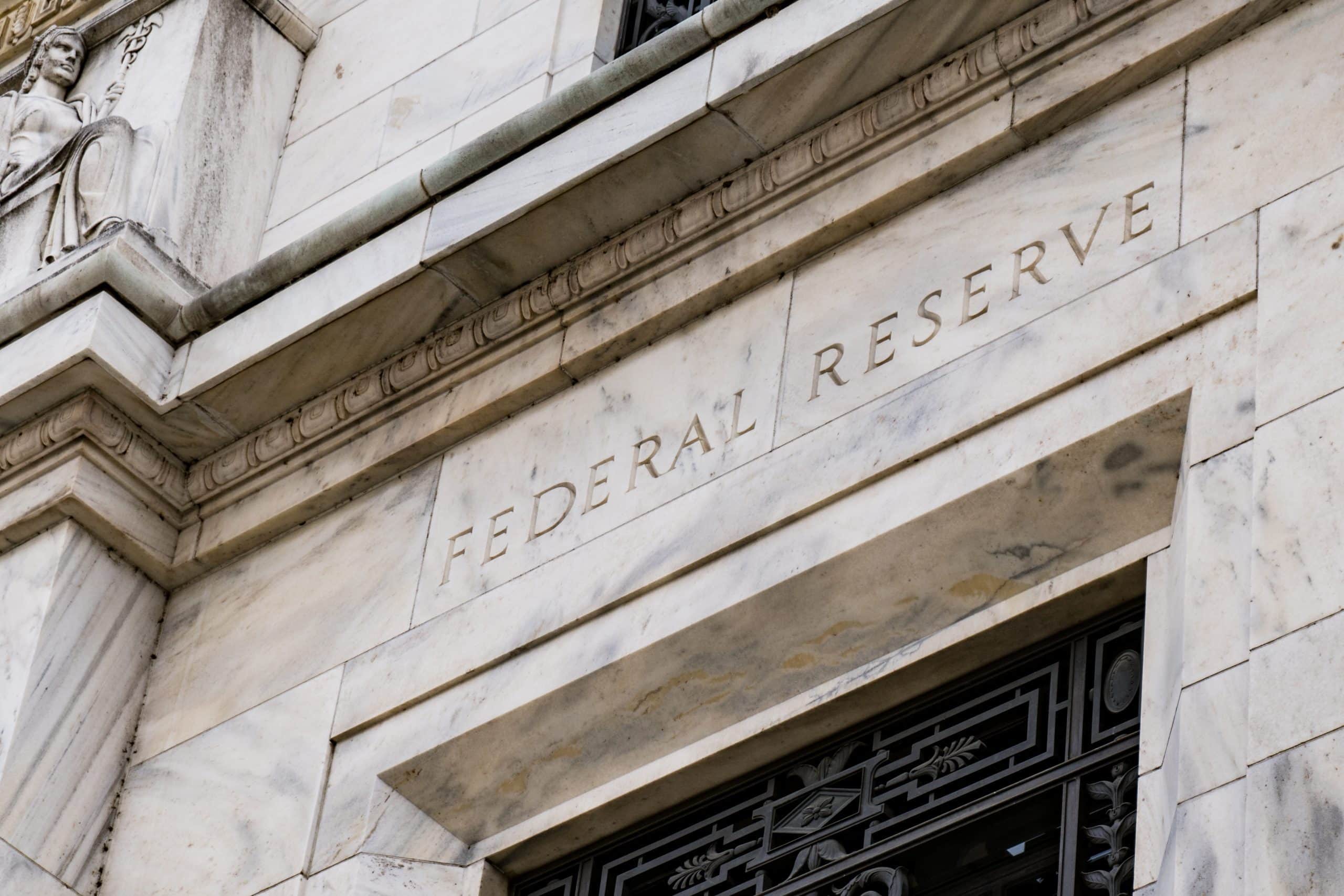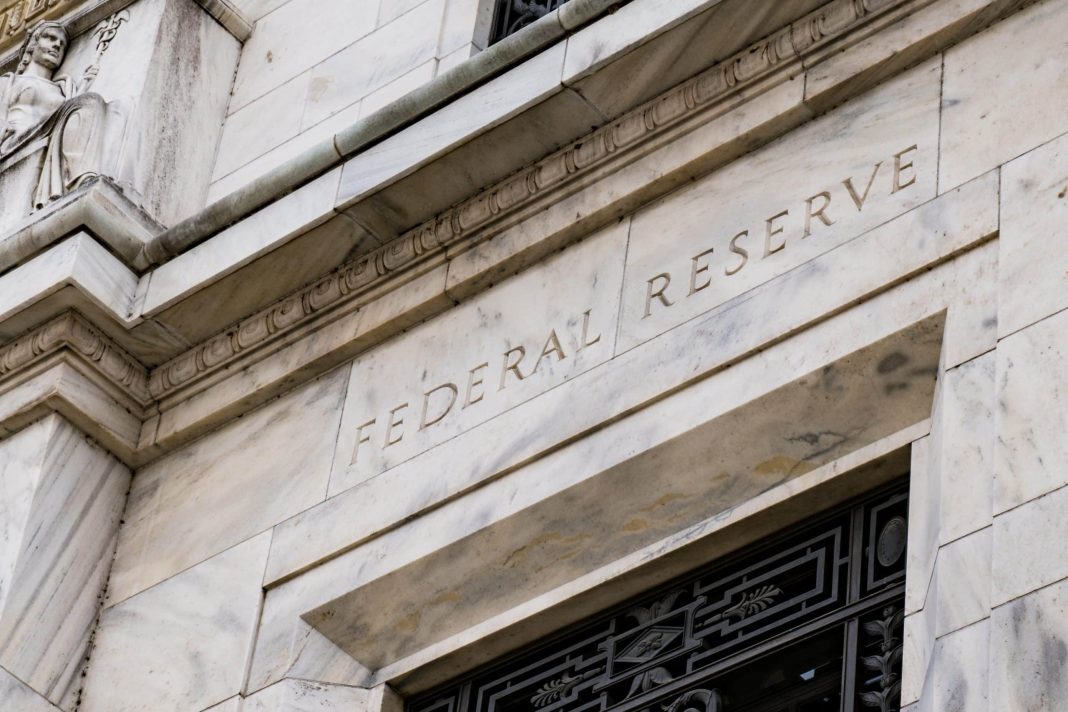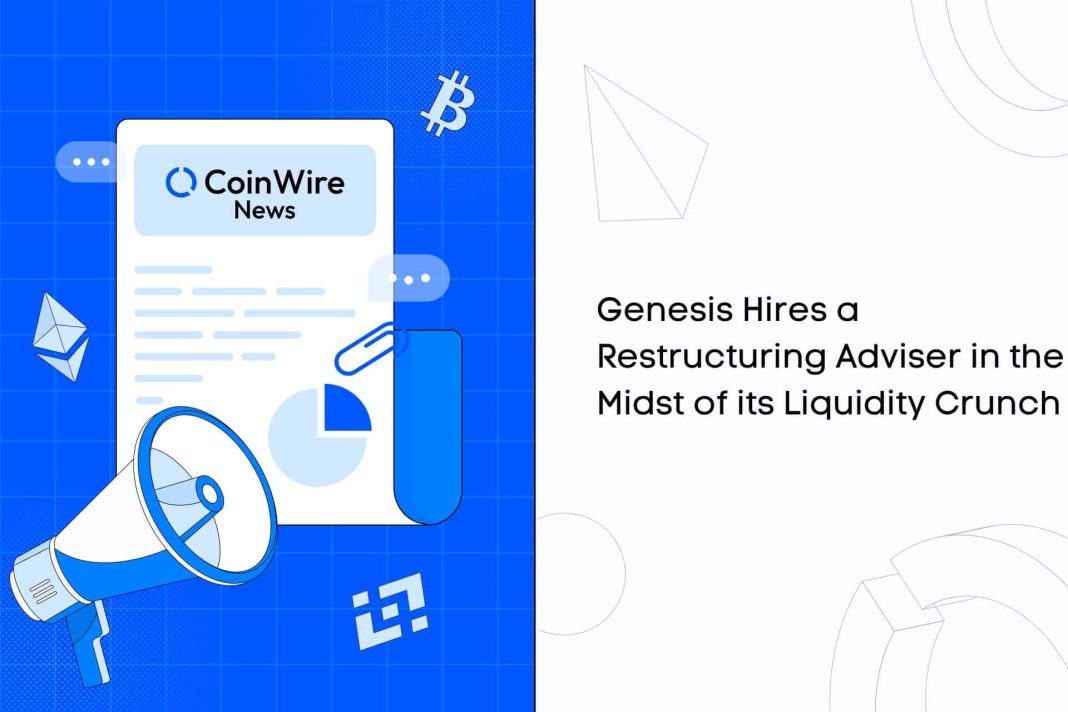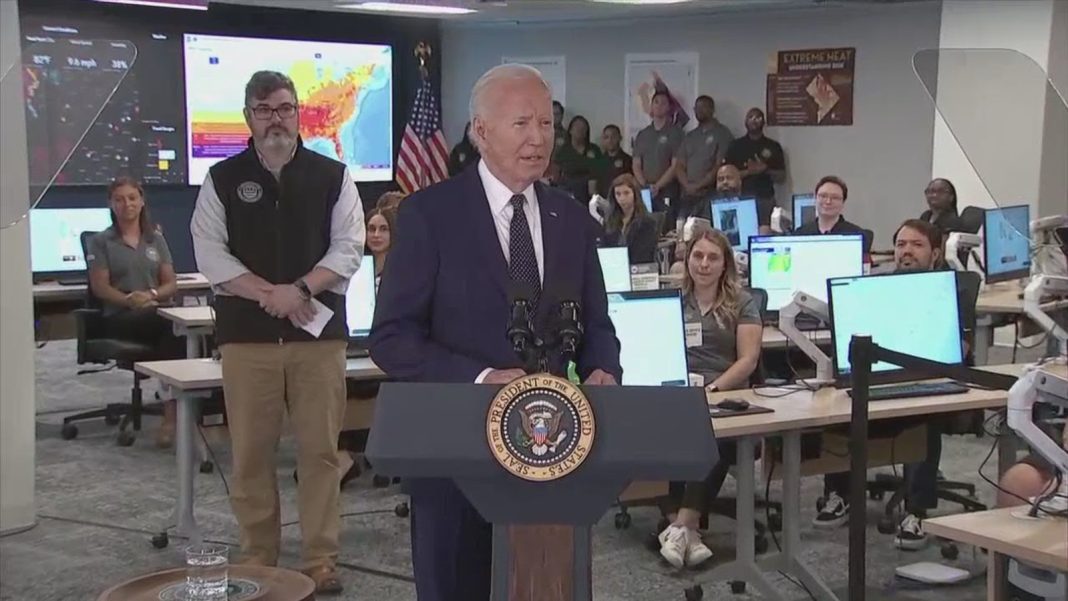 The Federal Reserve’s measures to control inflation have had a significant impact on the banking industry. In the past two years alone, the central bank has paid out over $400 billion to banks and money market funds in interest payments and other transactions aimed at curbing lending to fight inflation. This has been done through the payment of 5.4 percent annual interest on “reserves” – any money that a bank leaves parked at the Fed overnight.
The Federal Reserve’s measures to control inflation have had a significant impact on the banking industry. In the past two years alone, the central bank has paid out over $400 billion to banks and money market funds in interest payments and other transactions aimed at curbing lending to fight inflation. This has been done through the payment of 5.4 percent annual interest on “reserves” – any money that a bank leaves parked at the Fed overnight.
However, while the banking industry has reaped the benefits of these measures, customers have not necessarily seen the same windfall. Deposit rates for customers remain very low compared to the rates that banks receive from the Fed. In order to access rates comparable to what the Fed currently pays, customers often have to resort to less convenient tools such as Certificates of Deposit (CD).
The ability of the Fed to pay interest on reserves has been authorized by Congress since 2008. For many years, the interest rate was only about 0.1 percent as the Fed kept rates near zero. However, in 2022, inflation spiked to a 9 percent annual rate, prompting the Fed to rapidly raise rates.
The payment of interest on reserves creates a strong incentive for banks to only lend at rates higher than what the Fed offers. This is because leaving deposits in their Fed accounts requires virtually no work and no risk. By tightening credit and depressing demand, the Fed is able to ease pressure on price inflation. This mechanism also reduces the amount of dollars in circulation, as banks create new money when they issue loans, which then leaves circulation when the loans are repaid.
Another mechanism used by the Fed is the “reverse repurchase agreement” or reverse repo. This involves the Fed selling treasuries with an agreement to buy them back the next day for a slightly higher price. While the interest rate on reverse repos is lower than that on reserves, it provides better cash flow as it is paid daily, compared to the bi-weekly payment of interest on reserves. Reverse repos are also open to not just banks, but also money market funds.
The use of reverse repos has decreased from a peak of over $2.5 trillion in December 2022 to around $660 billion in June 2023. Both interest on reserves and reverse repos have cost the Fed approximately $3.5 billion per week, based on weekly averages of reserve balances and daily reverse repo volumes.
Technically, it is not a problem for the Fed to pay such large amounts in interest, as it can create new money electronically. However, the creation of new dollars increases inflation pressure. Price inflation has dropped significantly since its peak in mid-2022, but it has remained above the Fed’s target rate of 2 percent, with alternative measures showing figures above 2.6 percent for May.
Market expectations suggest that the Fed will begin lowering rates later this year, possibly in September. However, these cuts are expected to be gradual, with a quarter of a percentage point decrease every six weeks.
American consumers may have noticed the impact of these high interest rates in mortgages and car loans, as well as in the interest offered by banks on deposits. While some smaller banks now offer high-yield savings accounts with interest rates above 5 percent, only one of the four largest banks – JPMorgan Chase, Bank of America, Citi Bank, and Wells Fargo – currently offers a similar type of high-yield account.


